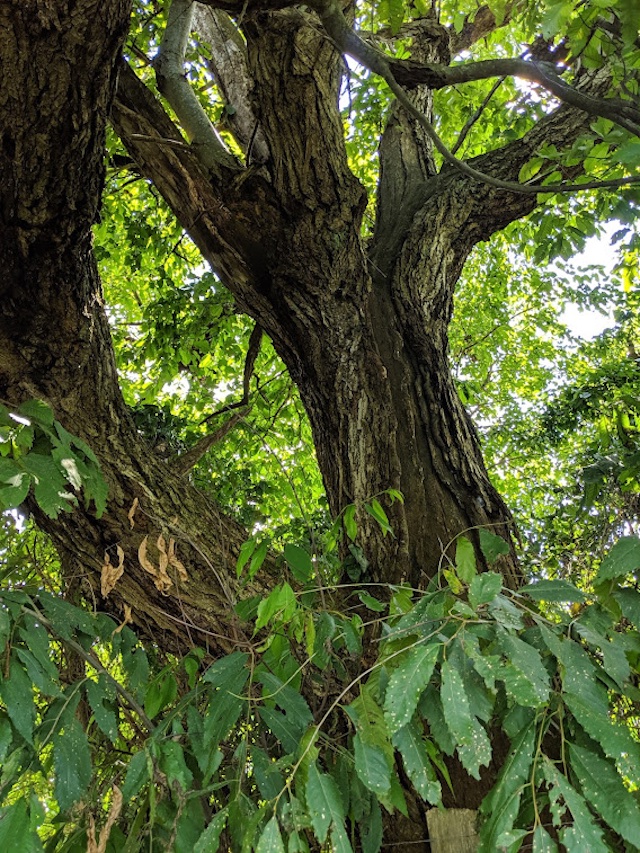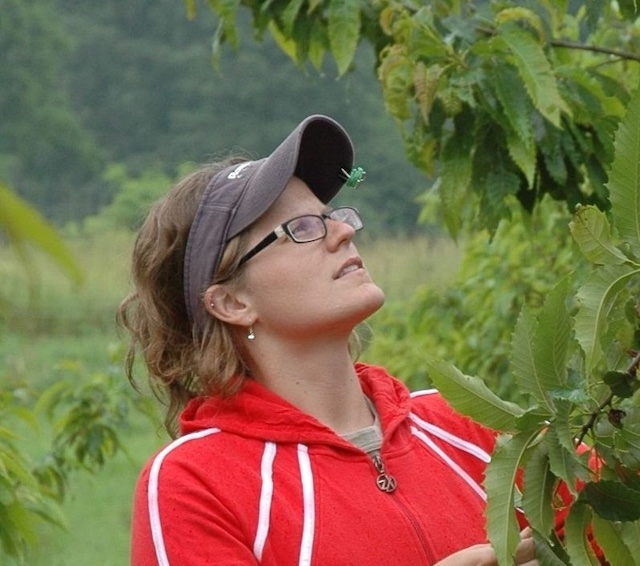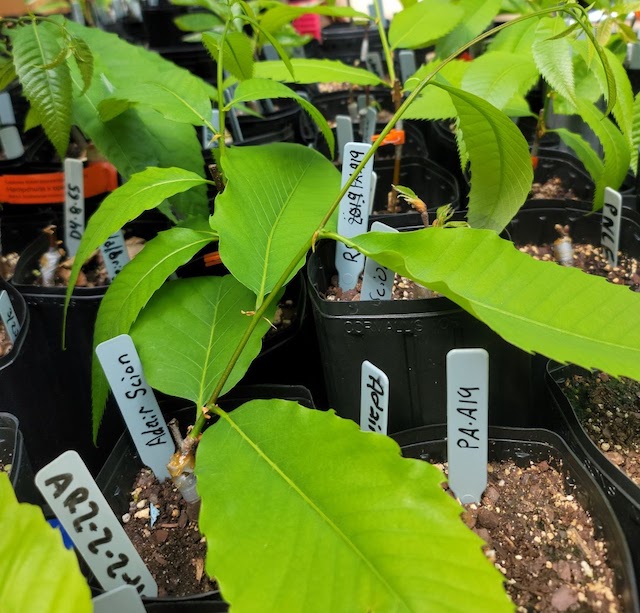| ||||||||||
Dr. Ronald P. Rogers CHIROPRACTOR Support for your body's natural healing capabilities 270-384-5554 Click here for details 


Columbia Gas Dept. GAS LEAK or GAS SMELL Contact Numbers 24 hrs/ 365 days 270-384-2006 or 9-1-1 Call before you dig Visit ColumbiaMagazine's Directory of Churches Addresses, times, phone numbers and more for churches in Adair County Find Great Stuff in ColumbiaMagazine's Classified Ads Antiques, Help Wanted, Autos, Real Estate, Legal Notices, More... 
|
Kentucky Color: The Adair Tree By Billy Joe Fudge During the 1990s, the old American chestnut tree growing on Charles England's farm in the Bull Run watershed of Adair County was introduced to the world, because of its very rare genetic resistance to the blight that killed billions of American chestnut trees across our eastern hardwood forest in the early 20th Century. Since that time, this tree has been pollinated from trees in nearly a half dozen states and from several other trees in Kentucky, in an effort to tap into its unique blight resistance. Offspring of the tree on Charles England's farm are now growing in research and genetic repositories across the Eastern United States. Nowadays, its fame has spread far and wide and it has become known as The Adair Tree! Just as "The" has brought the eyes of the American public to bear upon Ohio State University, it is now bringing the eyes of the scientific community and the world to bear upon Adair County, Kentucky. Last late winter, Mr. Ken Darnell, President of the Kentucky Chapter of the American Chestnut Foundation https://acf.org/ky/ contacted me with an amazing request. According to him, genetic research had progressed to such a point of precision and affordability that the ACF was ready to delve into the genetics of The Adair Tree in an attempt to understand what specific gene or genes are allowing it to survive the attack of the blight. Darnell asked me to collect scion material (3 or 4 inch long tips of twigs) that would be grafted onto the rootstock of other plants. They were to be sent to Sara Fitzsimmons at Penn State University. Broadly speaking, Sara is a scientist working in the field of genetics. She is Director of Restoration, North Central Regional Science Coordinator, and Regional Science Coordinator Supervisor for the American Chestnut Foundation. So, Ricky Parnell, with the Kentucky Division of Forestry, along with Jackie Goodin, with KDF, Kenny Pyles, who is a KDF retiree, and I collected over 20 scions which I packed in ice and overnighted to Sara. Sara now reports that 6 of 10 of The Adair Tree scions are growing in their greenhouse. She has shipped some of The Adair Tree scions to the Meadowview Research Farm in Meadowview Virginia and to another grafter in Florida. I am not a scientist, so I asked Sara to explain the situation and the process to me and I will share that information with you. Sara Fitzsimmons said, "This season, TACF and affiliated scientists are working to clone and preserve pollen from a handful of wild American chestnut trees which have been observed to contain genetic resistance to the chestnut blight fungus. Out of an estimated 4 billion American chestnut trees which once populated the Appalachian Mountains in the late 1800s, only 24 trees have been identified to be what scientists call 'Large, Surviving American chestnuts' or LSAs. The 'S' for surviving doesn't just mean that they are alive, but that they are 'surviving with chestnut blight infection'. There are a few thousand 'large American chestnuts', but they tend to be 'Lucky' instead of 'Surviving'. Once those Large Lucky American chestnut trees get hit with the blight, they tend to succumb in as little as 1-5 years whereas the Large Surviving American chestnuts are documented to have survived multiple decades with chestnut blight infection.Sara says she has visited the Amherst tree in Virginia and the Ort tree in Pennsylvania and is planning a trip to see The Adair Tree and fulfill a long time goal of visiting another point of interest in Kentucky, Mammoth Cave! This story was posted on 2022-05-28 09:21:50
Printable: this page is now automatically formatted for printing.
Have comments or corrections for this story? Use our contact form and let us know.
More articles from topic Kentucky Color by Billy Joe Fudge:
Kentucky Color: Sang Kentucky Color: Locust Winter Kentucky Color: An Inspiration Video: Windflower Kentucky Color: Yes, War is Hell Kentucky Color: The Monkey Trap Kentucky Color: Dissimilar Cones Kentucky Color: 10 reasons to save the American Chestnut Kentucky Color: American Chestnut Dinosaur Kentucky Color: Health Threat View even more articles in topic Kentucky Color by Billy Joe Fudge |



|
||||||||
|
| ||||||||||
|
Quick Links to Popular Features
Looking for a story or picture? Try our Photo Archive or our Stories Archive for all the information that's appeared on ColumbiaMagazine.com. | ||||||||||
|
Contact us: Columbia Magazine and columbiamagazine.com are published by Linda Waggener and Pen Waggener, PO Box 906, Columbia, KY 42728. Please use our contact page, or send questions about technical issues with this site to webmaster@columbiamagazine.com. All logos and trademarks used on this site are property of their respective owners. All comments remain the property and responsibility of their posters, all articles and photos remain the property of their creators, and all the rest is copyright 1995-Present by Columbia Magazine. Privacy policy: use of this site requires no sharing of information. Voluntarily shared information may be published and made available to the public on this site and/or stored electronically. Anonymous submissions will be subject to additional verification. Cookies are not required to use our site. However, if you have cookies enabled in your web browser, some of our advertisers may use cookies for interest-based advertising across multiple domains. For more information about third-party advertising, visit the NAI web privacy site.
| ||||||||||






















































